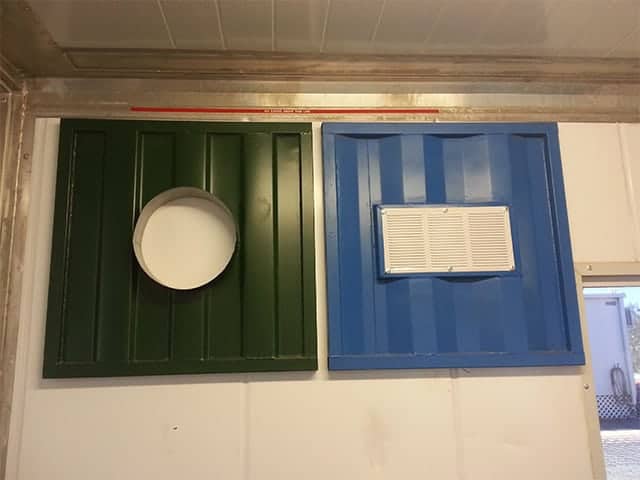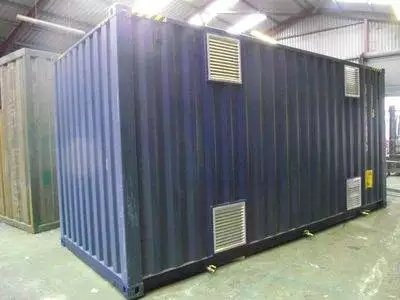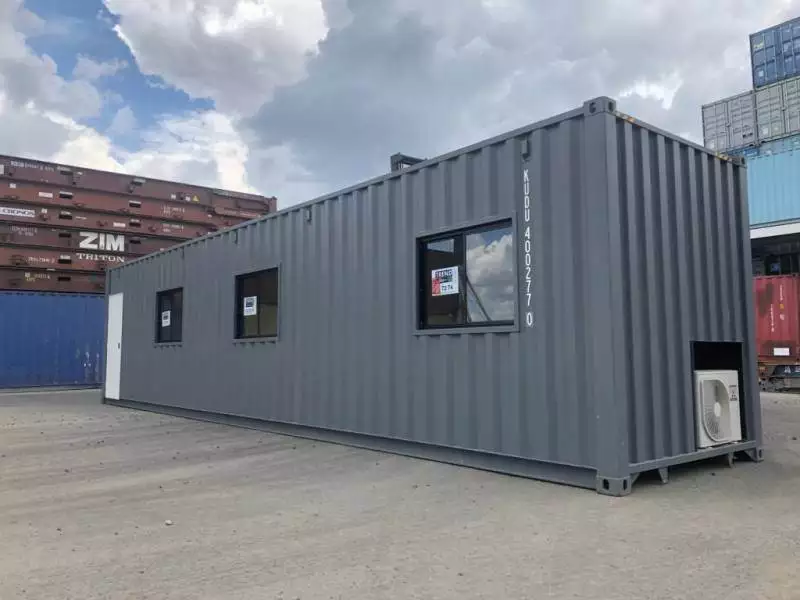
How to Properly Use Shipping Container Vents?
How to Properly Use Shipping Container Vents?
The utilization of shipping container vents is essential in maintaining adequate airflow and ventilation inside containers. By correctly employing these vents cargo integrity can be preserved and problems like condensation, moisture accumulation, and unpleasant smells can be avoided. This article will delve into the necessary steps and recommended techniques for effectively using shipping container vents.
Understand the Purpose of Shipping Container Vents
The purpose of shipping container vents is to promote the flow of air and avoid the accumulation of high temperatures, moisture and stagnant air within the container. These vents aid in controlling both temperature and humidity levels establishing an ideal atmosphere for transporting or storing goods.
Locate and Inspect the Vents
Start by finding the vents on the shipping container. Typically; vents are situated along the sides or near either the upper region or corners. Examine these vents to verify they are unsoiled devoid of any debris and operating correctly. Eliminate any hindrances that might impede proper airflow patterns.
Consider Environmental Factors
When incorporating vents for shipping containers it is important to take into account the surrounding environmental conditions in which the container will be positioned. Variables such as temperature, humidity levels and the nature of goods being transported can impact the necessary ventilation specifications. Thus adapt the vent configurations accordingly to uphold ideal circumstances.
Determine Ventilation Requirements
Every type of cargo has its own specific ventilation needs. Some cargo requires more airflow, while others need protection from excess moisture. To ascertain the suitable ventilation requirements for your particular cargo make sure to consult the cargo guidelines or seek advice from specialists in the field.
Adjust Vent Openings
Vents on shipping containers can typically be adjusted to control airflow. It is recommended to widen the vent openings in hot and humid areas in order to enhance airflow. On the other hand partially closing the vents can help preserve heat and reducing condensation when dealing with colder weather conditions.
Monitor and Maintain Ventilation
Regularly monitor the goods and container condition during transit or storage. Pay close attention to levels of temperature and humidity and examine for indications of moisture buildup. Make necessary adjustments to vent openings in order to uphold the preferred environment.
Address Condensation Issues
Condensation can be a common problem in shipping containers. To mitigate condensation; ensure proper ventilation and consider using moisture absorbing materials or desiccants within the container. Regularly check and replace these materials as necessary.
Clean and Maintain the Vents
It is important to regularly clean the vents of the shipping container in order to guarantee optimal performance. Eliminate any dirt, dust, or obstacles that could impede the airflow. Assess the vent mechanisms and hinges for indications of harm or deterioration. Immediately fix or replace any defective vents.
It is crucial to use shipping container vents correctly in order to protect the integrity of the cargo and prevent problems related to ventilation. By comprehending their function taking into account environmental elements adjusting openings accordingly, and monitoring conditions consistently, you can make efficient use of shipping container vents and guarantee the best transportation or storage for your merchandise. Consistently maintaining and addressing issues connected with condensation will contribute to a successful shipping endeavor.



